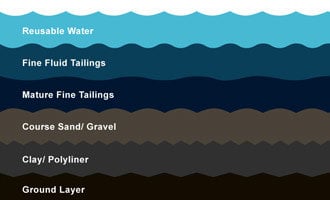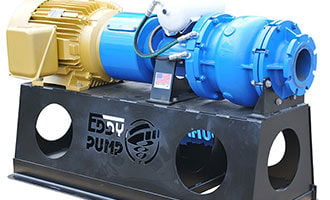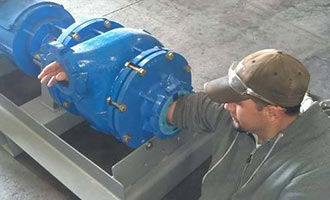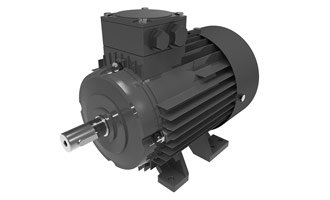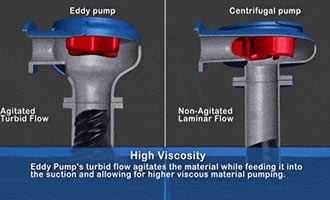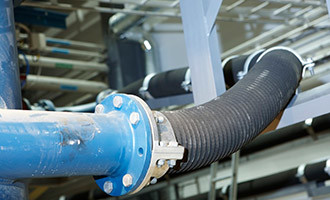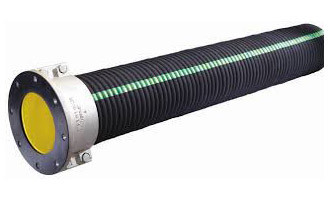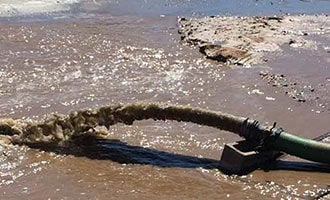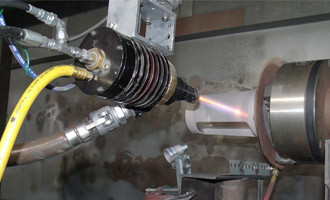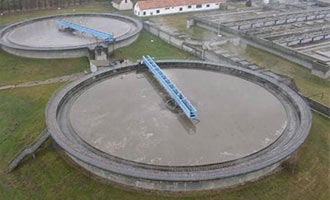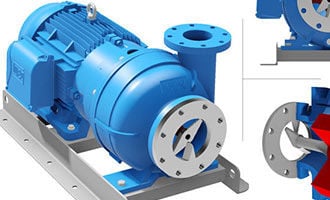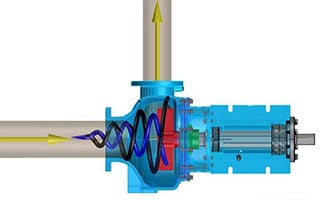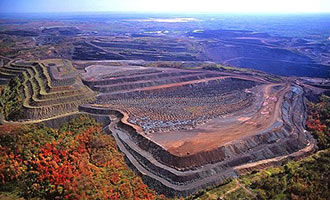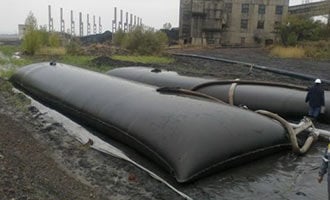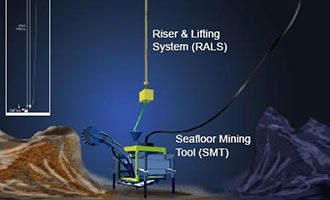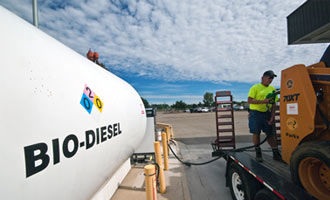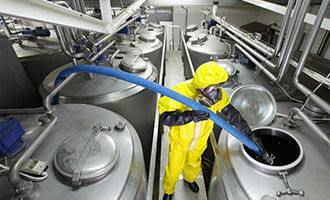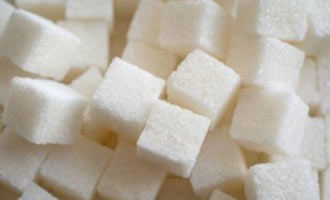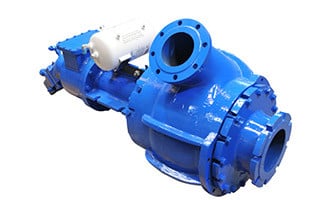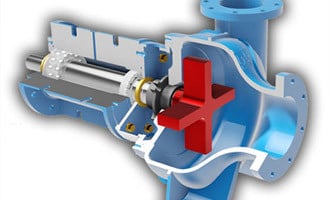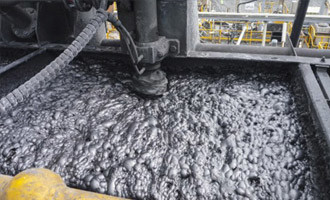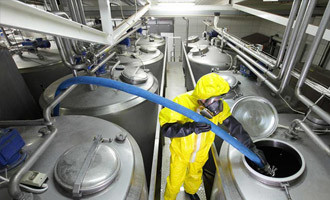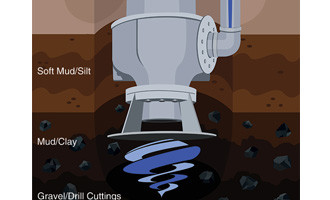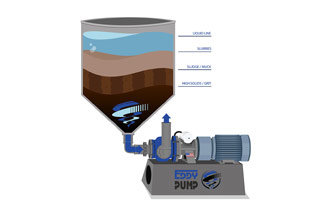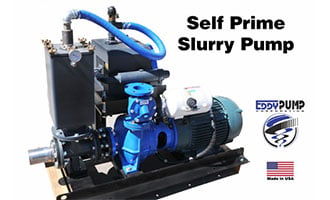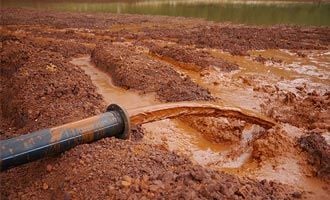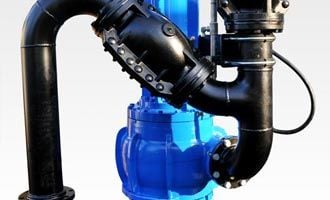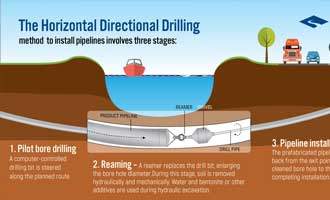What Is a Sludge Pump and How Does It Work?
Sludge pumps are capable of moving viscous, sludgy materials often found in various industries including wastewater, manufacturing, and oil/gas production. Browse Our Sludge PumpsContact Us For a Fast QuoteWhat is Sludge?
The term “sludge”, at an industrial and mining level, is very different than the watery muck that we’re used to seeing in other applications. Sludge found in industrial processes can be high viscosity, abrasive, corrosive, or a combination of all three. Additionally, sludge must be removed, transported, and safely processed as these sludges can be toxic to the environment (and is often stored in tanks). Traditional centrifugal pumps, such as what you’d use to pump water, chemicals and other liquids, are not well suited for heavy sludge and muck and would not last long compared to a sludge pump that’s designed to pump sludge and slurries efficiently.
Sludge is defined as any mixture or ratio of pulverized solids denser than water (muck), suspended in a liquid such as water. Mixing solids into sludge or slurry at a specific ratio is an efficient solution to handle and transport very large quantities of solid materials by means of a sludge pump. A sludge pump is a capable machine that can be found in many different industries including the mining industry, steel processing, power generation, manufacturing, wastewater, and fracking. Sludge can come in many flavors, so it is highly important to use an industrial heavy-duty sludge pump that can withstand a breadth of harsh and corrosive materials without maintenance issues. It is important that pump operators understand both the sludge pump and the material or sludge they are pumping. Cleaning the nozzle to remove mud with a pressure washer lance and water is also effective. This is to ensure sludge pump longevity, maintain flow velocity and pressure, and achieve optimal material production rates. Often these sludge pumps come equipped with a durable stainless steel scupper and quick connect hose on the pump’s base unit that is pressure washer friendly. Sludge pumps operate almost identical to slurry pumps, so much so that the two terms are used interchangeably.
What is a Sludge Pump?
The design of a slurry pump is critical to making sure that the abrasive characteristics of the sludge and the pressure do not destroy the pump. Furthermore, sludge may contain larger solids that will inevitably lead to clogs or obstruction in many types of pumps. Most centrifugal pumps have an impeller with close tolerance to the volute, meaning that solids above an inch or so will not pass through the pump. Plus, the abrasive and sometimes corrosive nature of the slurry will quickly wear the volute and ruin the tolerance. These problems will cause the pump to lose its suction capability and will require more frequent maintenance. This causes massive downtime when pumping sludge, along with costly maintenance and spare parts.
Sludge, along with slurry, can be divided into two categories: one category is sludge that contains solids that eventually settle, and one category where the solids remain in suspension.
The sludge that contains particles in perpetual suspension is usually made up of very fine, low impact particles which can be abrasive to the pump, but mostly behaves like water. The sludge that contains particles that will eventually settle is a more unstable slurry that does not behave in the way of traditional liquids. Attention must be paid to flow velocity and horsepower capacities when selecting a sludge pump. Most slurry or sludge applications are made of coarse particles so sludge pumps are designed with high impact and wear-resistant features.
Applications Where It’s Necessary To Pump Sludge
Wastewater Treatment
In wastewater treatment plants, sludge pumps play a crucial role in managing the by-products of the treatment process, including bio waste. They are used to transport sludge to dewatering facilities, where solid and liquid separation occurs. Sewage and other substances pass through these sludge pumps, which move muck, debris and other liquid slurries at a constant flow. The high pressure nozzle and the powerful suction capabilities of a sludge pump ensures that the sludge and slurries are moved efficiently, reducing the risk of blockages and downtime or pump damage.
Mining and Construction
In mining, sludge pumps are used to handle slurry solutions containing minerals and other solid materials. These pumps are essential for transporting slurry from excavation sites to processing plants. In construction, sludge pumps manage the removal of slurry and debris from construction sites, ensuring a clean and safe working environment.
Industrial Cleaning
Sludge pumps are also employed in industrial cleaning applications. In car wash pits, they remove accumulated sludge, ensuring the pits remain functional and free from blockages. Similarly, in industrial plants, sludge pumps are used in sump pump systems to manage wastewater and prevent the buildup of solid materials in the system.
Key Features of Sludge Pumps
1. Robust Construction
Sludge pumps are built with durability in mind. A quality sludge pump often features heavy-duty materials such as cast iron or stainless steel to withstand the abrasive nature of slurry solutions, which can contain sand or gravel. The internal components of a quality sludge pump, including impellers and casings, are designed to resist wear and tear, ensuring longevity, consistent vacuum and consistent performance.
2. High Pressure Capabilities
A notable feature of sludge pumps is their ability to produce high pressure. This high pressure nozzle creates the necessary force and pressure to move dense sludge through a discharge hose, ensuring efficient and uninterrupted operation. This capability is particularly beneficial in applications requiring the movement of sludge over long distances or to elevated discharge points.
3. Versatile Applications
Sludge pumps are versatile and can be used in various settings. In car wash pits, for example, these pumps efficiently remove sludge and slurry, keeping the pits clean and operational. They are also used in sump pump configurations to manage wastewater in industrial plants, ensuring that solid materials do not clog the system.
4. Powerful Venturi Suction
One of the standout features of sludge pumps is their powerful venturi suction. This mechanism allows the pump to create a vacuum, effectively drawing in liquid slurries and solid materials. The venturi suction is particularly effective in applications where the sludge is dense and difficult to move, such as in mining operations where slurry pumps need to handle thick mineral slurries.
5. Efficient Sludge Management
Sludge pumps are designed to pump sludge efficiently, minimizing downtime and maintenance costs. Their robust design and powerful suction capabilities ensure that even the most challenging slurry solutions are managed effectively. This efficiency is critical in industries where maintaining continuous operation is vital for productivity and cost-effectiveness.
Sludge Pump Challenges
Transporting liquid slurry or sludge comes with different challenges for different materials. The process is not easy at all, mostly because compared to keeping water flowing, liquid sludge is very difficult to pump and move depending on its thickness. These substances often run at high pressure with a high abrasive ratio, which usually causes wear on the mud pumps that are used. You must be careful that no obstructions are generated in the pump and that the discharge hose in the mud pumps flow properly, so we can make the work of using a sludge pump to move solids more efficiently while avoiding pump damage.
The most common challenges for a sludge pump, depending on conditions are:
Common obstructions Fast wear Failures are common Time without moving solids is time that production is stopped and cost increases. Be aware of the following characteristics and challenges
Look for the opportunity and see when the mud pump is moving the solid even slowly but steadily (to reduce friction and wear), but also monitor that the solid is moving fast enough that it does not generate obstructions and wear in the lines. To reduce wear and increase fluidity in the mud pump, reduce the discharge pressure in the mud pump to the lowest possible point. Of course we must always follow the principles of pumping engineering to keep up with the constant and safe delivery of the sludge to the slurry pump.
Why EDDY Pumps Are Better - Highlights
This video shows how EDDY Pump transports high slurry and abrasive materials. Featured dredge pump equipment includes the Remote Operated Subdredge, Diver Operated Pump and a Excavator Attachment Dredge Pump.








